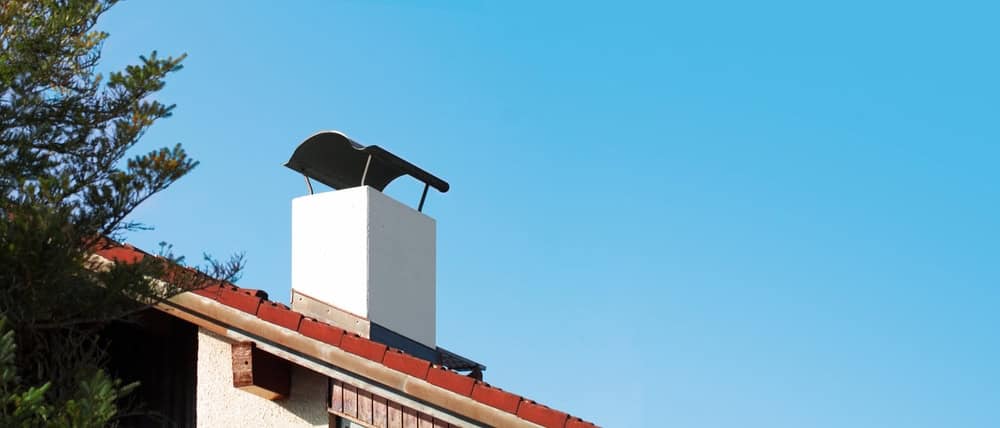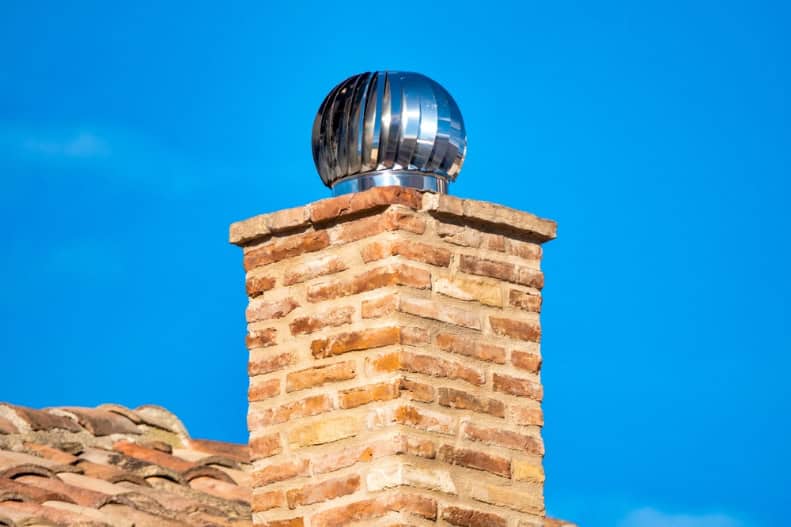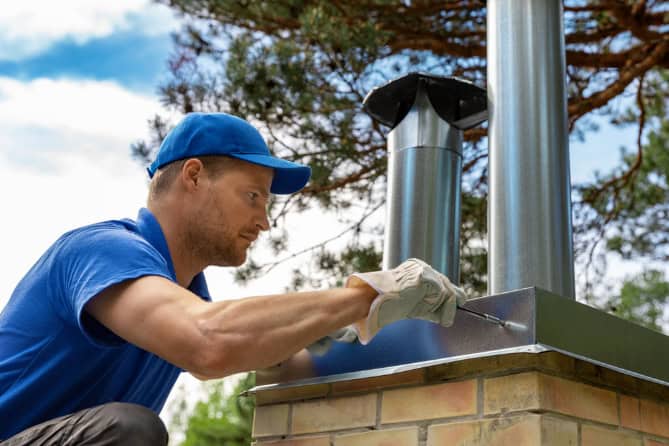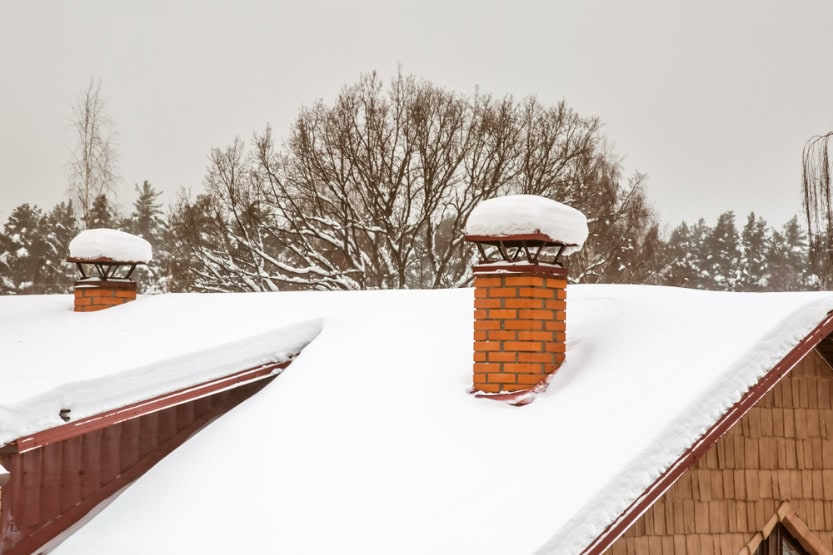Custom chimney caps that actually fit right and keep your home protected year-round.

Hear from Our Customers

You know that sinking feeling when you spot water stains on your ceiling near the fireplace. Or when you hear scratching sounds that mean something’s made a home in your chimney. A properly installed chimney cap stops these problems before they cost you thousands.
The right chimney cap does more than sit on top of your chimney. It creates a barrier that keeps rain, snow, and animals out while still allowing proper ventilation for your fireplace or heating system. No more worrying about water damage to your walls, ceilings, or expensive chimney repairs.
When we install your stainless steel chimney cap, you get protection that lasts. You sleep better knowing your home is defended against the elements, and you avoid those emergency repair calls that always seem to happen at the worst possible time.
We’ve been protecting South Kingstown homes since 2000. The same experienced team that started this work over twenty years ago is still here, still solving chimney problems for homeowners who want it done right the first time.
Our technicians hold CSI certification from the Chimney Safety Institute of America. That means we know the proper installation techniques, safety protocols, and local building requirements that matter for your specific situation.
You’re not getting a fly-by-night contractor who learned chimney work last month. You’re working with professionals who’ve seen every type of chimney problem South Kingstown homes face, and who know exactly how to prevent them.

First, we inspect your chimney to measure the flue and assess the current condition. Every chimney is different, so we take precise measurements to ensure your new cap fits properly and functions correctly.
Next, we help you choose the right chimney cap for your specific needs. Stainless steel caps work best for most South Kingstown homes because they resist the salt air and weather conditions we get here. We’ll explain your options without pushing you toward the most expensive choice.
Installation happens on your schedule. We remove any old or damaged cap, clean the chimney crown area, and install your new cap with proper sealing and secure mounting. Before we leave, we test the fit and show you exactly what we’ve done so you know your investment is protected.

Ready to get started?
Your chimney cap installation includes proper measurement, professional-grade stainless steel materials, and secure mounting that won’t come loose in high winds. We don’t use the cheap caps you find at home improvement stores that rust out in two years.
Each cap gets custom-fitted to your specific chimney dimensions. This isn’t a one-size-fits-all situation. The wrong size cap creates gaps where water and animals can still get in, defeating the whole purpose of the installation.
We also inspect the chimney crown and flashing while we’re up there. If we spot potential problems, we’ll let you know what needs attention now versus what can wait. You get a complete picture of your chimney’s condition, not just a cap slapped on top of existing problems.
